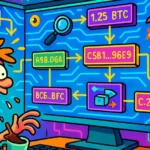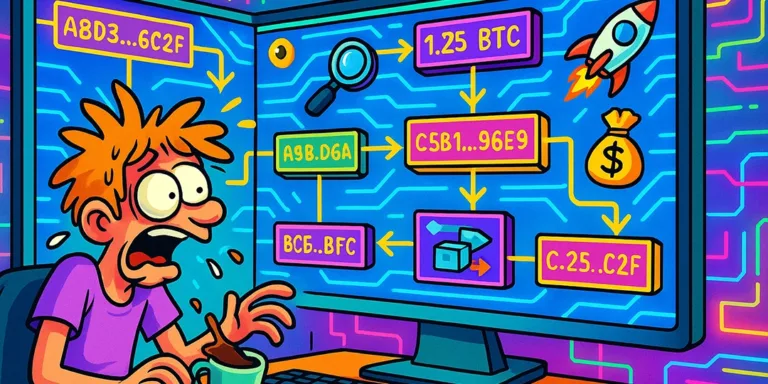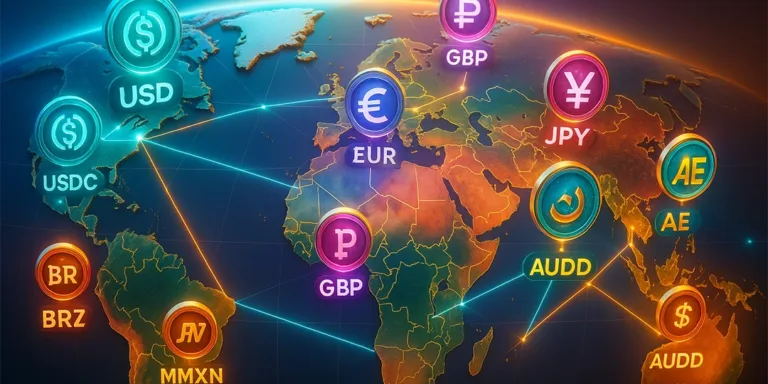If you use Ethereum, you pay ETH gas fees. They are the small, but sometimes painful, charges that keep the network running. In 2025, gas has become far cheaper than the 2021 DeFi summer peaks, yet it can still spike during NFT drops or memecoin frenzies. This article aims to help demystify ETH gas fees for beginners while giving users the latest insights to keep costs low.
What are ETH gas fees?
Every action on Ethereum, from sending ETH, minting an NFT, to swapping on Uniswap, consumes computational gas. You pay for that gas in tiny fractions of ether called gwei. The fee goes to validators who secure the proof-of-stake chain. Think of gas as a highway toll: heavier trucks (complex smart-contract calls) pay more than compact cars (simple transfers).
How are ETH gas fees calculated in 2025?
Since the 2021 London upgrade, each block sets a base fee that rises when demand exceeds the target block size and falls when demand is light. Users then add a priority tip to jump the queue. The formula today is:
Total fee = (Gas units × Base fee) + Priority tip
The base fee can climb up to 12.5% per block, so heavy usage makes costs soar quickly.

Why do ETH gas fees rise and fall?
Three factors dominate:
- Transaction complexity (a simple ETH transfer uses ~21,000 gas; a Uniswap swap can exceed 150,000).
- Network congestion—gas auctions spike during trendy mints or layer-2 bridge activity.
- Speed preference—higher tips get confirmed first.
Seasonality also matters. Data from major wallets shows average ETH gas fees dip 15–20% during Asian overnight hours and over most weekends when institutions are offline.
2025 upgrades that reshape ETH gas fees
Dencun delivered cheaper blobs
March 2024’s Dencun hard fork introduced EIP-4844 (proto-danksharding). It slashed the cost of blob data that layer-2 rollups post to Ethereum, reducing certain L2 gas fees by up to 94%. That cut pressure on mainnet demand, indirectly calming base fees.
Fusaka and the upcoming “all-in fee”
The next scheduled hard fork, Fusaka, is pencilled in for Q3–Q4 2025. Among its headline proposals is the proposed EIP-7999, an “all-in fee” model that merges separate resource charges—computation, storage, and bandwidth into one limit that users set once.
Developers say it will make wallets simpler and stop newcomers from fleeing to faster chains. If Fusaka lands on time, analysts expect a smoother fee curve and fewer shock spikes when new dApps go viral.
5 beginner-friendly ways to cut ETH gas fees today
- Schedule transactions: Use wallet tools that let you set a max fee and send when the mempool quiets down (early UTC mornings are often cheapest).
- Leverage layer-2 networks: Arbitrum, Optimism, and Base routinely cost less than $0.05 for swaps thanks to roll-up compression.
- Batch actions: DEX aggregators let you swap multiple tokens in one call, sharing the same base fee.
- Set a sane tip: On most days, 3–5 gwei gets confirmed within a block. Overpaying doesn’t speed things up once you’re above the median tip.
- Watch gas trackers: Sites like Etherscan, Blocknative, or wallet pop-ups show live base fees so you can wait out spikes.
These habits can cut ETH gas fees by 30–80% without any technical wizardry.
Final Note: ETH gas fees are worth mastering
ETH gas fees may feel like a nuisance, but they are the pulse of Ethereum’s security and its developer economy. Understanding how the base-fee formula works, why congestion happens, and what upgrades are on the horizon empowers both newcomers and veterans to spend less while still enjoying the world’s largest smart-contract platform.
As Dencun’s blob savings settle in and Fusaka’s all-in fee model approaches, 2025 could be the year ETH gas fees become far more predictable and far less scary for everyone. Keep these tips handy, stay patient during hype cycles, and your wallet will thank you.












